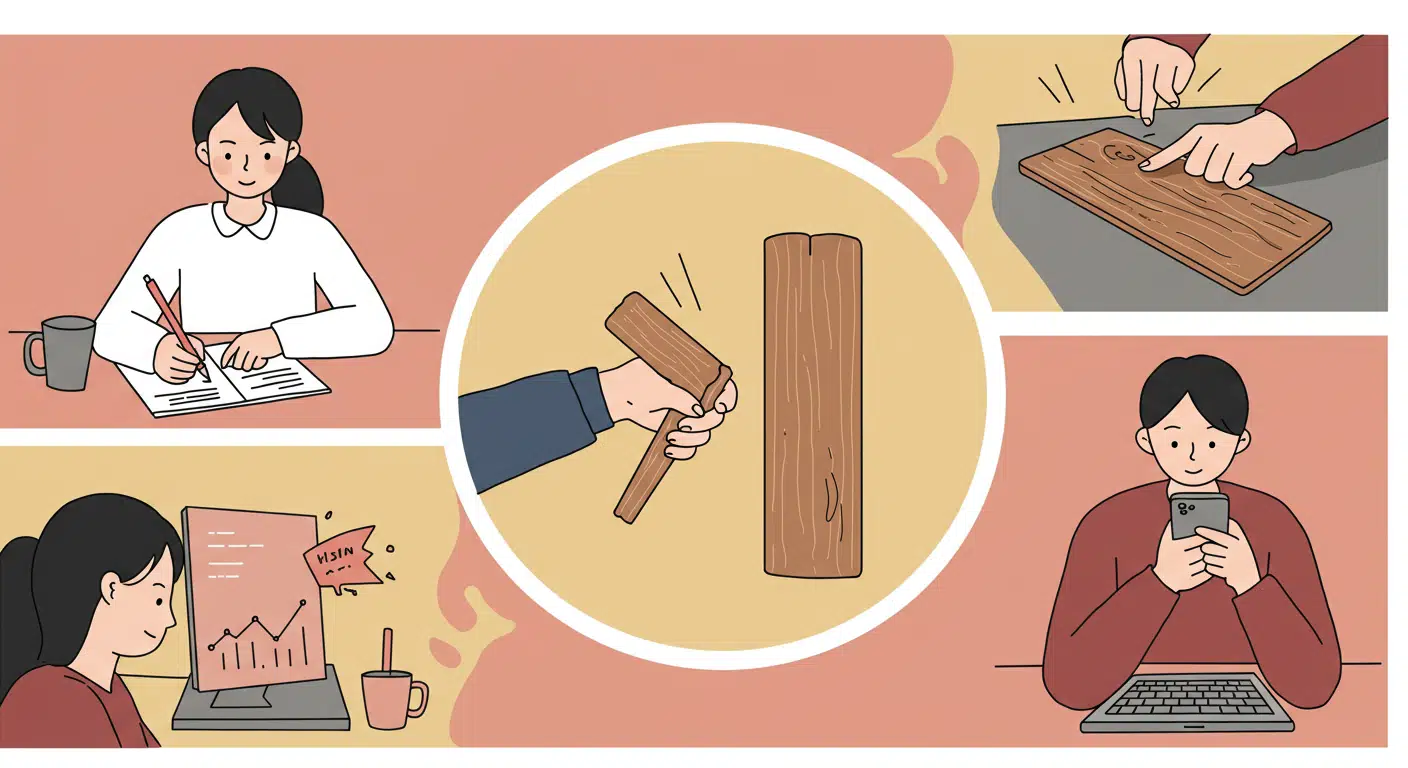This superstition reflects societal discomfort with perceived gender transgressions. Whistling, traditionally associated with masculinity or unruliness, was deemed inappropriate for girls. Similarly, hens that crow—an action typical of roosters—were believed to challenge natural order. Families might respond by discouraging girls from whistling or even killing crowing hens to ward off bad luck. Some versions of this belief claim that such behavior could bring death, sterile crops, or damage to social reputation. In households, elders especially enforced this belief to maintain behavioral norms and avoid what was seen as inviting supernatural imbalance.

A baby’s future career or fate is predicted by the first object they select during a ceremonial setup.
In several Asian and Eastern European cultures, a traditional ceremony is held for babies usually around their first birthday. Known


